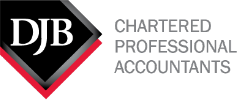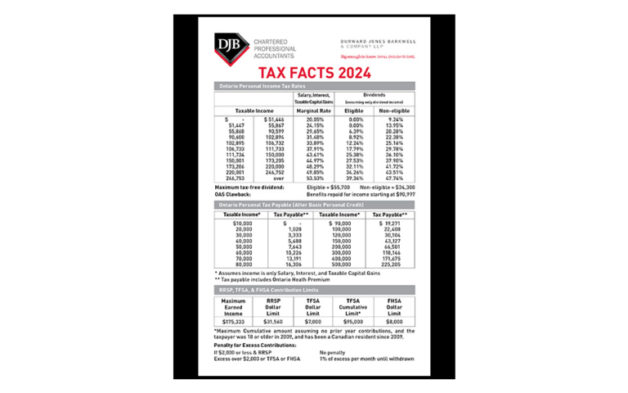The ultimate goal for most private business owners is to realize the value of their hard work and be in the position to step away from their company comfortably. But many business owners are woefully unprepared for what should be the capstone of their career—selling their business or transitioning ownership to the next generation.
What is one major factor in this common problem? Many private businesses have never been audited.
If you own a private company, you should consider the risks, challenges and potential missed opportunities that can arise if you don’t have it audited on a regular basis. Whether you are entertaining an offer from a potential acquirer, bringing on a new investor or management team, or refinancing your business, you may not be making the most of these opportunities if your business isn’t audited regularly.
Based on our experience working with scores of middle market companies over the years, we have identified seven key reasons for private business owners to consider an audit, as well as a few scenarios that help to bring these ideas to life. These are based on real-world situations we have witnessed time and again in our work with private business owners.
7 reasons to have your company audited
1. You never know when the right opportunity may arise. Most business owners will tell you they don’t have any plans to sell their company, but that idea can change quickly when a potential buyer approaches with a compelling offer. Getting your business audited allows you to be ready for these opportunities when they come up.
2. When opportunities do arise, time is of the essence. If you aren’t getting a regular audit, any potential deal timelines will be extended—perhaps significantly—to make room for the initial audit process required by a proposed transaction. An extended timeline means greater risk that the deal falls through.
3. Uncertainty diminishes value. A regular audit from a reputable firm provides assurance that your company’s financial house is in order. Without such an audit, a prospective buyer will likely assume a greater level of risk as part of the transaction and therefore require more return in compensation for the risk taken. This translates to less up-front value for you as the owner.
4. Peace of mind is meaningful. Regular audits help to provide some professional oversight of company management, which can provide a degree of comfort to shareholders, especially for owners who have transitioned out of a day-to-day management role.
5. Good governance leads to resilience. A regular audit is a regular feature of a professional, established company. As a private company grows, the company’s management and processes eventually must evolve and become more professionalized.
6. Your reputation matters. While it isn’t designed to detect fraud, an audit provides a degree of assurance that a company’s finance operations are functioning properly. In addition, the lack of an audit may raise questions about the company’s professionalism and sophistication.
7. Flimsy valuations have limited value. Many private company owners may assume that a simple valuation is sufficient if and when an opportunity to sell arises. However, the rigor of an audit from a reputable firm can carry more weight in a potential transaction process.
Common scenarios shine light on the value of an audit
Scenario 1: You are planning to sell your business—whether soon or someday.
Time and again, owners who thought they would never sell end up selling because a hard-to-ignore offer comes in unexpectedly or family circumstances change suddenly. If you wait until circumstances like these arise before you get your books in order, you may miss a valuable opportunity.
A prospective buyer typically will require three years of audited financial statements. If you haven’t had your company audited as a normal course of business, the process likely won’t be as simple as receiving an offer and conducting the required audit. Annual audits going back three years can take several months to complete. Often, time is of the essence in a deal process, and a buyer may lose interest or walk away if there are delays.
Time is not the only issue. If your company is being audited for the first time in conjunction with a proposed transaction, you don’t know exactly what the audit will find. The more issues the audit uncovers, the more questions the buyer will likely ask, which may extend the due diligence process. Issues and surprises during the audit process also could cause the buyer to reassess their valuation of your company. These challenges may be mitigated by performing timely audits well before you consider selling your business.
Scenario 2: You want to transition management of the company to the next generation.
When a longtime owner’s personal or professional objectives eventually compel them to step away from their business, they will sometimes transfer management to a professional management team or perhaps to the next generation of family ownership. When these circumstances arise, it is helpful to build a layer of financial oversight between the company’s shareholders and its management team.
An audit can help serve that function. Audits provide a degree of comfort when longtime owners are no longer keeping close tabs on the company’s day-to-day operations. Shareholders may sleep better at night knowing that there is more professional oversight of senior management. The audit is not designed to find fraud, but it can inspire confidence in the accuracy of financial statements and effectiveness of controls, which can bring peace of mind to shareholders.
Scenario 3: Your company has reached a certain size, and you want to improve its governance—and protect its reputation.
As a private company grows, eventually it will no longer be feasible for a small group of individuals to know everything that is happening inside the company. Management must evolve, and governance must become more comprehensive.
A professional audit can serve a critical role in this process by:
- Reassuring shareholders and other stakeholders—including customers and suppliers—that the company’s financial records are accurate and reliable
- Supporting and protecting your company’s valuation
- Speeding up due diligence for investors and lenders—should such processes be needed
- Helping to improve your company’s reputation as best-in-class—part of a group of forward-thinking companies that are regularly audited and thus perceived as better-run and more sophisticated
In fact, once a company reaches a certain size, the lack of an annual audit may raise serious questions about the company’s sophistication and professionalism.
The value of an audit firm
Depending on the type of audit firm you engage, audits can also unlock additional strategic value for your company.
When a multiservice auditing firm is engaged, you can tap into its deep knowledge of your industry and best practices plus the combined intelligence of all the specialists in the audit firm. Business owners can benefit from perspective and actionable advice on multiple aspects of your business, ranging from internal controls and operations to tax planning, M&A, financing, technology and more.
By approaching the audit as an opportunity for improvement and insight, a business owner can go beyond compliance and verification and extract significant strategic value—value that could positively affect your company’s financial stability, operational efficiency and long-term success.
Source: RSM Canada LLP.
Reprinted with permission from RSM Canada LLP.
© 2024 RSM Canada LLP. All rights reserved. https://rsmcanada.com/insights/services/audit/why-every-private-company-needs-an-audit.html
RSM Canada LLP is a limited liability partnership that provides public accounting services and is the Canadian member firm of RSM International, a global network of independent assurance, tax and consulting firms. RSM Canada Consulting LP is a limited partnership that provides consulting services and is an affiliate of RSM US LLP, a member firm of RSM International. The member firms of RSM International collaborate to provide services to global clients but are separate and distinct legal entities that cannot obligate each other. Each member firm is responsible only for its own acts and omissions, and not those of any other party. Visit rsmcanada.com/about for more information regarding RSM Canada and RSM International.










